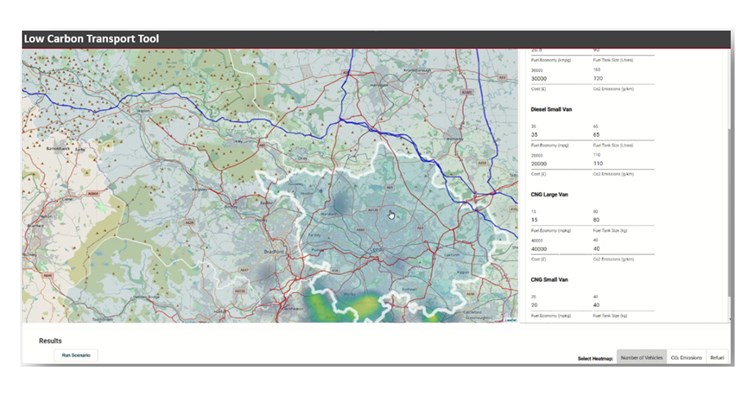When intelligently applied, computational modelling has the potential to deliver insights in complex or uncertain situations, but is the sustainability transformation for defence one of them? (Spoiler: yes, it almost certainly is). Andy Moore explores how to start extracting sustainable value from data.
This is a blog post about applying computational modelling to the challenge of meeting sustainability goals. So it might seem strange to start it off by exploring whether you should bother at all. But to be effective you need to apply these techniques to the right kind of challenge – otherwise, you may end up effectively swatting mosquitoes with a laser cannon.




